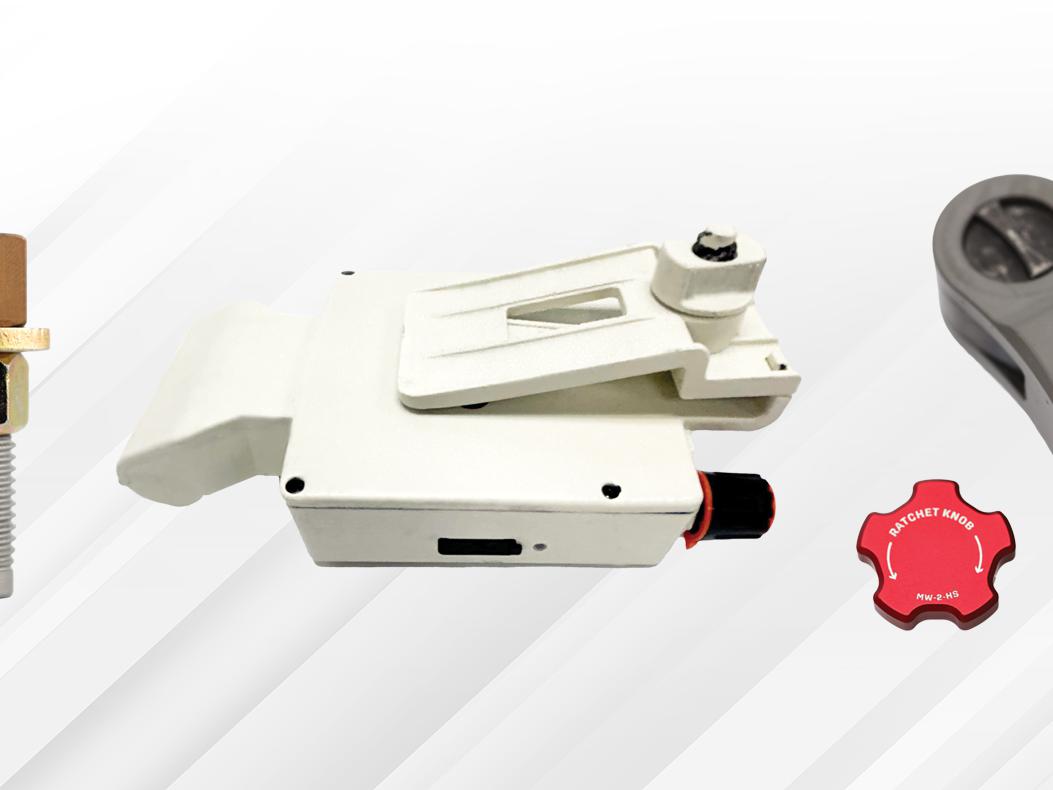PRI EDUCATION: How to Solve 10 Common TIG Welding Problems
Helpful tips to prevent contamination, oxidation, and other potential setbacks.
1. Contamination Due to Poor Gas Coverage
Welds can be contaminated by lack of shielding gas. To troubleshoot, be sure to use the proper type of gas. For TIG welding, this is typically 100% argon. For thick aluminum, use an argon/helium blend. Attempting to TIG weld with an incorrect blend, such as argon/carbon dioxide commonly used for MIG welding, will cause contamination.
Also check recommended gas flow rates, which should generally be 15–20 cubic feet per hour (cfh). Welders commonly—and incorrectly—assume that a higher gas flow pressure provides greater protection. Instead, it may cause turbulence and pull in airborne contaminants, leading to arc wandering. Generally, err on the lower side of recommended shielding gas rates as the project begins.
A breach in the fittings and hoses can cause gas leaks, which are big money wasters. Rub soapy water over the hose and fittings. Replace the defective components if bubbles form.
If none of the solutions solve poor gas coverage, consider that the tank may be contaminated with moisture. Check with your gas supplier to resolve this issue.
2. Contaminated Beads or Discoloration in Weld Puddle
TIG welds created with the machine’s polarity set on direct current electrode negative (DCEN) may not break down the aluminum oxide layer. This can result in filler metal mixed in with the partially melted oxide to create a contaminated bead. To defeat this, always TIG weld aluminum with the polarity set to alternating current (AC).
If there is brownish oxidation or black flakes in the weld puddle, decrease the balance setting. This will increase the time in EP, or the time spent in the “cleaning action.” Excessive EP, meanwhile, may cause the tungsten to ball excessively.
3. Weld Graininess
Filler metal problems typically cause a grainy appearance. Before welding, always check the proper filler metal type and remove all grease, oil and moisture from the surface to prevent contamination.
4. Lack of Fusion at the Root
Lack of fusion at the root of a T-joint or a fillet weld is more often seen with a transformer-based machine, as the arc tends to wander between the two sides of the joint. In this case, obtain better directional control and increase penetration by reducing arc length. Also, be sure not to weld too quickly or underfill the joint.
Inverter-based machines (especially those with advanced output controls such as adjustable frequency and pulsing controls) offer more control over the arc.
5. Craters
Typically occurring at the end of the weld, craters often lead to cracking. They can be caused by reducing power too quickly, which makes the puddle cool too soon. Removing the filler rod too quickly can also cause craters.
To prevent craters, continue to feed the filler rod while gradually reducing the current at the end of the weld. Some TIG welders have a crater control function, which automatically reduces the current.
6. Dirty Base or Filler Metal
Base and filler metals—susceptible to contaminants like mill scale, oxide on aluminum, and dirt or grease—must be cleaned. Be sure to remove pollutants by grinding, brushing and wiping.
To properly clean aluminum surfaces, dedicate a stainless steel brush for the task to prevent cross-contamination.
7. Poor Color on Stainless Steel
Stainless steel welds may experience discoloration due to overheating, which degrades their corrosion resistance and mechanical properties. Unfortunately, once this error is made, there is nothing that can be done.
To prevent overheating, try to reduce amperage, marginally increase travel speed or shorten the arc length, which is the distance between the electrode and the base metal. In addition, if the welding equipment features pulsed welding capabilities, use them. Pulsing, which reduces heat input, allows for better control of the weld puddle.
8. Sugaring/Oxidation
Sugaring, or oxidation, may occur in stainless steel welds exposed to oxygen. To prevent sugaring, back purge the weld with argon shielding gas or reduce welding amperage.
9. Wide BEAD Profiles
When the amperage is set too high on aluminum, it may create a wider profile or an ill-defined bead. This can potentially lead to burn-through. To solve this, reduce amperage or increase travel speed, or both.
10. Improper Arc Length Control
The color change in the middle of an aluminum weld bead can result from an increase in arc length. Arc length determines TIG welding voltage. Holding too long of an arc increases overall heat input and the potential for distortion. It also widens the weld bead while decreasing penetration and affecting weld bead appearance. Practice holding a consistent arc length to improve heat input control and improve weld bead quality.
 MEMBERSHIP LOGIN
MEMBERSHIP LOGIN JOIN PRI
JOIN PRI


